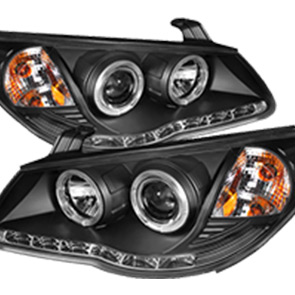caravan handbrake cable
Understanding the Caravan Handbrake Cable A Vital Component for Safety and Performance
When it comes to caravan maintenance and safety, the handbrake system is critical, and at the heart of this system lies the handbrake cable. This often-overlooked component plays a vital role in preventing accidents and ensuring that your caravan remains secure when parked. In this article, we will explore the function, maintenance, and replacement of the handbrake cable, ensuring that you understand its importance.
The Function of the Handbrake Cable
The handbrake cable serves as a link between the handbrake lever inside your caravan and the brake mechanism on the wheels. When you pull the handbrake lever, the cable tightens, activating the brakes and preventing the caravan from rolling away. This is particularly important when parked on a slope or uneven ground, as an unsecured caravan could lead to disastrous consequences.
The handbrake system is not just a rudimentary braking solution; it's a crucial safety feature that allows users to confidently leave their caravan parked, knowing it is securely immobilized. Furthermore, the handbrake provides an extra layer of braking power in emergencies, giving caravan owners peace of mind in various situations.
Signs of Wear and Tear
Like all mechanical components, the handbrake cable can deteriorate over time. Attention to signs of wear and tear is paramount to prevent a potentially dangerous failure. Here are some warning signs that your handbrake cable may need attention
1. Difficulty Engaging or Disengaging the Handbrake If you notice that the handbrake lever is becoming harder to pull or requires excessive force to engage, it may indicate that the cable is frayed, stretched, or rusted.
2. Unusual Noises Listen for any squeaking, grinding, or rattling noises when operating the handbrake. These sounds can indicate friction or wear on the cable or its fittings.
3. Visible Damage Regular visual inspections of the cable can often reveal signs of damage, such as fraying, rust, or corrosion. If the cable appears worn, it is crucial to address the problem promptly.
4. Brake Performance Issues If the caravan rolls unintentionally after the handbrake is engaged, it is a significant indication that the handbrake cable is no longer functioning correctly and needs immediate replacement.
caravan handbrake cable

Maintenance and Care
Proper maintenance is key to extending the life of your caravan's handbrake cable. Here are some tips for keeping it in excellent condition
1. Regular Inspections Make it a habit to inspect the handbrake cable during routine caravan maintenance. Look for any signs of wear, rust, or fraying to catch issues early.
2. Clean and Lubricate Dirt and grime can accumulate on the cable and its pulleys, causing friction that leads to premature wear. Use a clean cloth to wipe down the cable, and apply a suitable lubricant to keep it operating smoothly.
3. Protect from Rust Caravans are often exposed to moisture, which can lead to rust on metal components. Consider applying a rust inhibitor to the cable and connecting parts to protect against corrosive elements.
4. Mind the Storage Environment When storing your caravan, try to keep it in a dry place to reduce exposure to moisture and humidity. This precaution can help preserve the integrity of the handbrake cable.
Replacement of the Handbrake Cable
If your inspections reveal significant wear or if the cable has failed, it will need to be replaced. Replacing a handbrake cable can be a straightforward process for someone familiar with basic vehicle mechanics, but if you're unsure, it's always best to consult with a professional.
When choosing a replacement cable, ensure that it is compatible with your caravan model. Quality matters—opting for an OEM (Original Equipment Manufacturer) part can provide assurance in terms of durability and performance.
Conclusion
The caravan handbrake cable may be a small component, but its significance in ensuring the safety and reliability of your caravan cannot be overstated. Regular maintenance, inspections, and timely replacements are essential to keep this vital part functioning effectively. By understanding its role, acknowledging the signs of wear, and providing proper care, you can enhance your caravan's performance and safety—making your travels more enjoyable and worry-free. Remember, a little forethought can go a long way in ensuring that your adventures on the road are both safe and memorable.
-
Workings of Clutch Pipe and Hose SystemsNewsJun.04,2025
-
The Inner Workings of Hand Brake Cable SystemsNewsJun.04,2025
-
The Secrets of Throttle and Accelerator CablesNewsJun.04,2025
-
The Hidden Lifeline of Your Transmission Gear Shift CablesNewsJun.04,2025
-
Demystifying Gear Cables and Shift LinkagesNewsJun.04,2025
-
Decoding Clutch Line Systems A Comprehensive GuideNewsJun.04,2025
